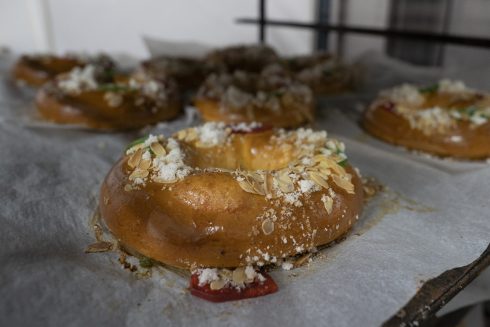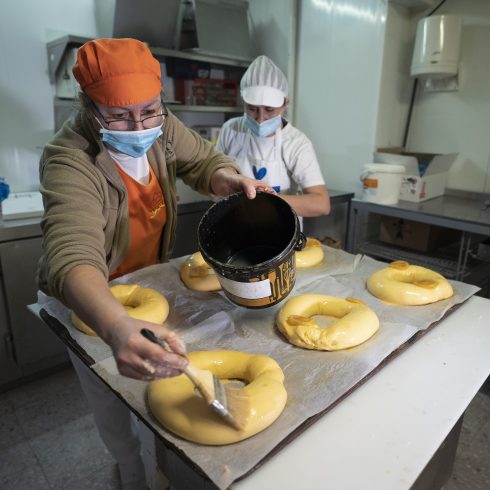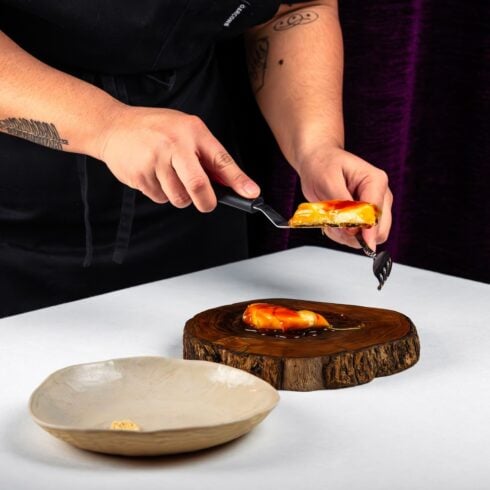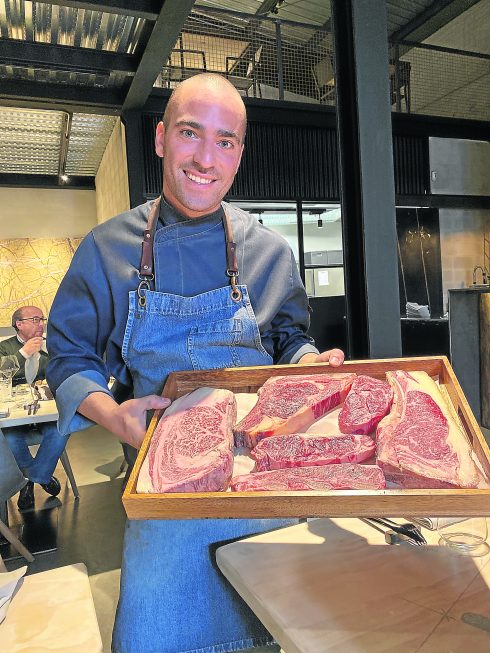YOU won’t find mince pies or heavy fruit cake in Spain at Christmas, instead the ubiquitous seasonal cake is a Roscon de Reyes, a deliciously festive brioche ring that celebrates the arrival of the Three Magi or Three Kings on Epiphany.
But Spanish don’t wait until the eve of January 6 to tuck into the cake and you will already have seen it everywhere since the start of the Christmas holidays.
Here’s a look at a traditional treat that has a strong symbolism and is a favourite of kids and and adults alike and an essential treat after watching a cabalgata – the public parade representing the arrival of the Kings held in towns and cities across Spain on the eve of Epiphany.
The shape of the Roson de Reyes is a round ring with a hole in the centre, thought to replicate the crowns worn by the Three Kings as they made their way to Bethlehem to visit the new born baby Jesus.

The traditionally sweet dough is usually scented with orange blossom, decorated with crystallized fruits. It is sometimes served with whipped cream in the middle and best accompanied by a mug of thick hot chocolate.
Inside the brioche ring a small figurine is hidden as well as a Fava bean. The one who finds the little figure is crowned king or queen (often a paper crown is included with the cake) and treated as royalty for the remaining celebrations.
The one who finds the Fava bean is made to buy the Roscon the following Christmas.
But some roscon carry the promise of even bigger prizes, with bakeries competing for sales by including real treasures within.

EL Corte Ingles department store has for several years been hiding real gold ingots within a few of their versions.
And the recipes are becoming more diverse each year with even Michelin starred chefs designing supermarket versions. While neighbourhood bakeries and patisseries often have huge queues outside their door as locals line up to buy a fresh one.
The idea of a festive winter fruit cake has origins in the pagan festival of Saturnalia, a week-long celebration held in Ancient Rome in honour of Saturn, the God of Wealth, Agriculture, Renewal and Time.
The festivities started on December 17 of the Julian calendar and later expanded with festivities through to 23 December. The dates coincide with Winter solstice, December 21, the shortest day of the year.

The ancient Romans prepared a similar treat to the Roscon de Reyes, their version was a round cake containing figs, dates and honey.
The Roscon de Reyes is eaten in many Spanish speaking countries as well as in France.For those readers who aren’t in Spain and able to get their hands on a roscon easily, you could always make your own using one of the many recipes online.
READ ALSO:
- Snails and thistles: These are the weird and wonderful regional Christmas dishes eaten across Spain
- Top traditional Christmas treats you’ll find in Spain’s Andalucia
- Feliz Navidad: The best cocktail recipes to boost the Christmas spirit!
Click here to read more Food & Drink News from The Olive Press.








